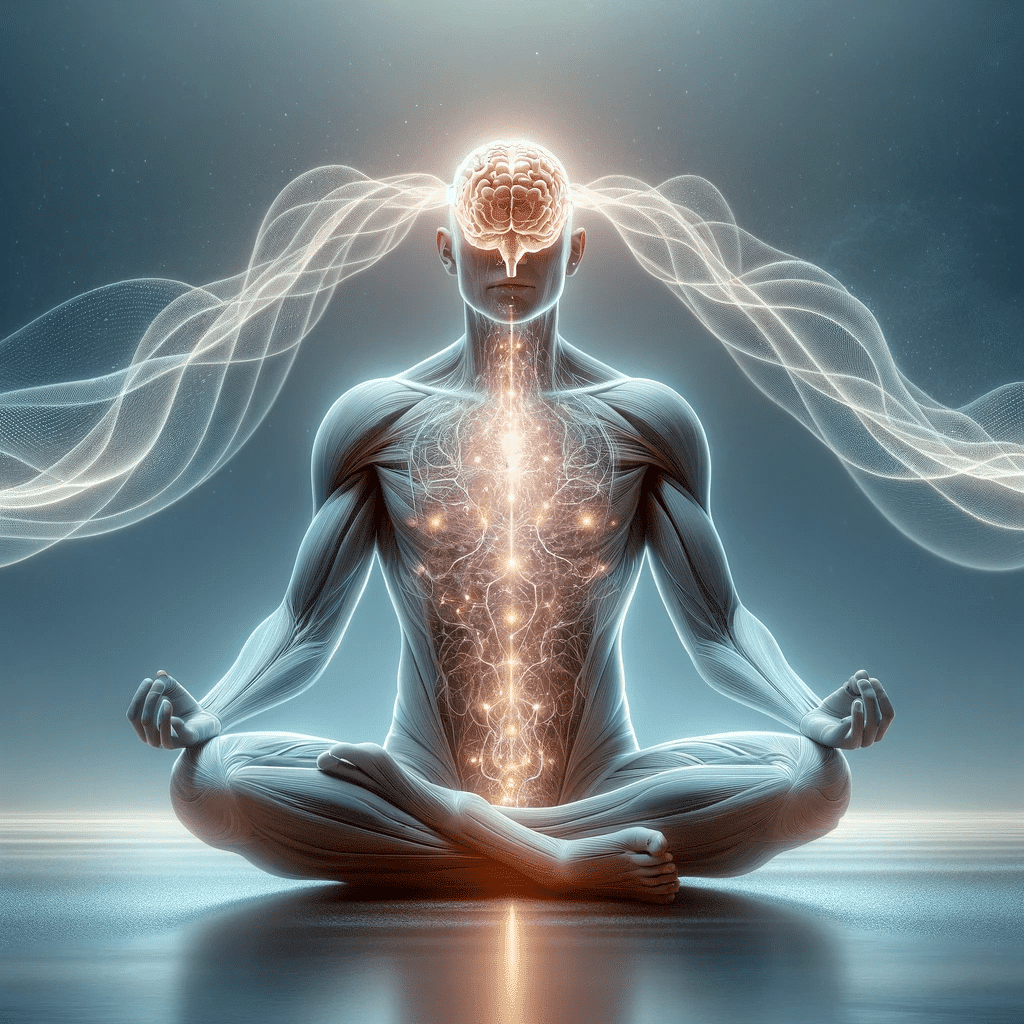Anxiety is something that yoga vigorously attacks. Anxiety is essentially a lack of presence and ability to act in the present moment due to the consequences of the past or expectations for the future. Yoga has been clinically proven to reduce anxiety and seems to be more effective than meditation in the scientific literature, but long-term studies are still needed for determining obsessive compulsive disorder and anxiety attacks. I know people with PTSD that practice and they say yoga is life-changing for them. Long term clinical trials with strict controls are needed to really see the positive effects and long-term benefits of yoga on these symptoms.

Yoga forces concentration upon the present moment; it is nigh impossible to do handstands, arm balances, and back-bends without complete focus. Especially when you are pushing the limits of your own body, you need to give it the complete attention it deserves. Yoga trains the brain to ignore “what-if” situations, giving your mind the capacity to be completely present inside of your body. “What if my foot cramps?”, “What if my leg hurts?”. These no longer become possible because you are reacting to the feeling in your foot and leg rather than predicting an outcome.
But it’s not your fault that you are anxious. American society feeds on it, telling you about the things that you need to prepare for and all of the bad things that could happen to you and have happened to others. The news is an amazingly good example. They literally go around finding things to make you startled and uneasy so that you listen to their advice and keep watching. Commercials are another good one. They tell us what we need these things and that if we don’t have them, our lives will not be complete, happy, or fulfilling. American culture also tells us that we should be busy on our cell phones so that we look important, which leads to an inability to focus on what is actually happening in our lives. All of these sources lead us further away from the truth that is inside.
Really, peace and contentment is something that you cultivate and grow. The more time you spend being present, discerning feelings as they pass, and bringing yourself to a place of gratitude, the more ability you will have to over-rule anxiety. Being grateful that you are alive can help alleviate the anxiety over work, take time to consider the circumstances of your life and how lucky you are. It doesn’t come naturally and consumerism fights your ability to be content with what is.
It comes back to the dopamine, serotonin, and over-exciting the central nervous system. Anxiety is almost 100% created by a perception, but is accompanied by physical symptoms like muscular tension (which yoga definitely helps), problems with concentration (which yoga definitely helps), and fatigue/restlessness (which yoga definitely helps). People with symptoms of obsessive compulsive disorder claim that yoga helps, though long terms studies have yet to be done on reducing obsession. One of the most debilitating symptoms of anxiety disorder is fear of death, which is one of the most important parts of yoga. In yoga, Shivasana, or final corpse pose is a meditation upon death and liberates the mind and soul into the present.
All of this comes back to yoga as a treatment option for anxiety, possibly more effective than any other for its symptoms. Being content with the present is about breathing and finding beauty in the small things around you, not buying cars and houses or throwing huge parties and getting wasted. Anxiety is fought by sitting still for a few minutes in the morning, taking a walk in the afternoon, and regular yoga practice will be sure to expedite anything you are already doing. The bliss of not worrying about anything comes from breaking away from the things that you think you need, and detaching from them. This is how the detachment taught in yoga is the ultimate freedom, especially from things such as anxiety.
This concludes the three-part section on psychiatric drugs and the clinically proven effects of yoga on DSM spectrum disorders of anxiety, depression, and hyperactivity.
References:
- http://www.discovery.org.in/PDF_Files/IJS_20130101.pdf
- http://www.ncbi.nlm.nih.gov/pmc/articles/PMC3768207/
- http://web.b.ebscohost.com/abstract?direct=true&profile=ehost&scope=site&authtype=crawler&jrnl=09735666&AN=89437925&h=FMvHxKjTmtz2ZnN9F8GZqJYPqQStNO2S41uSObyls8nyYJ3beQRCe5czz87Mb6qI6jFBuo4SuiZrCSHKcPtlLw%3d%3d&crl=c
- http://link.springer.com/article/10.1186/1751-0759-8-1
- http://chp.sagepub.com/content/18/1/15.short
- http://www.ijsr.net/archive/v2i12/MDIwMTM1MTM=.pdf
